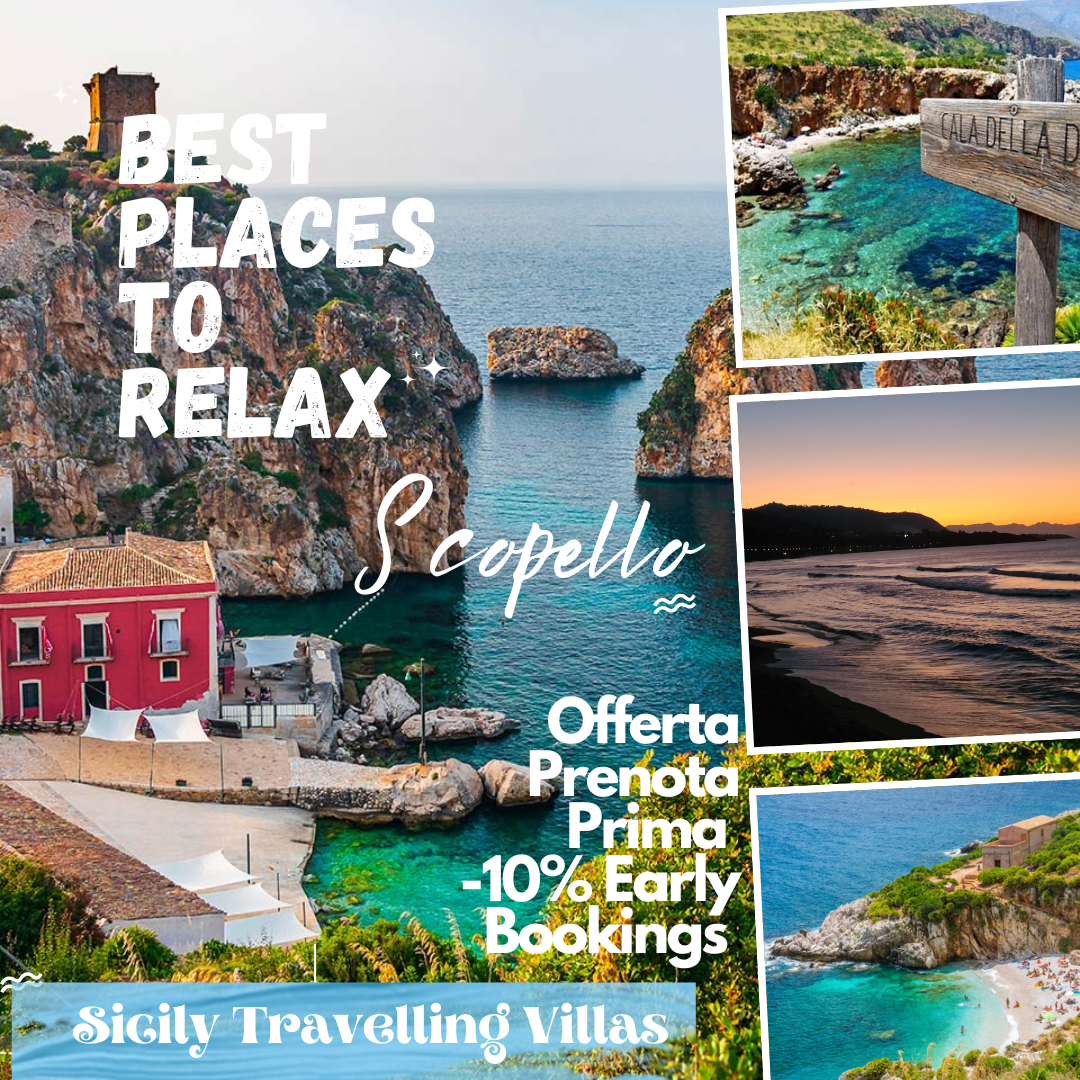Modica
- Modica
- Archeology Art City Culture
Modica is a UNESCO heritage city and destination for thousands of visitors who are enchanted by its charm and its history.
A city from the noble past and ancient capital of a powerful county, like the other cities of south-eastern Sicily, it was destroyed by the earthquake of 1693 but resources according to the baroque aesthetic and today is a World Heritage city.
It is located in the southern area of the Hyblaean Mountains and is divided into two original areas: Modica Alta, whose constructions almost climb the mountain rocks, and Modica Bassa, down in the valley, where once the two rivers Ianni Mauro and Pozzo flowed dei Pruni, then covered due to the numerous floods, and where the Corso Umberto is now located, the main street and historical site of the city.
The appearance is predominantly Late Baroque, almost entirely dating back to the after-earthquake (1693). Modica then extended to other areas: Modica Sorda, Monserrato, Idria, etc. Few are the testimonies of the “previous city”: the Gothic portal of the Carmine church; ruins of the church of Santa Maria del Gesù, dating back to the sixteenth century; the Chapel of the Sacrament, from the fifteenth century; the “rupestre” church of San Niccolò Inferiore, from the twelfth century, recently discovered. Its interior preserves notable decorations dating back to the centuries between 700 and 1500. What makes the city so unique and fascinating is, first of all, the baroque appearance, of which the urban design and historical center of Modica abound; also the presence of picturesque violet and narrow streets, full of old shops, houses or rich palaces.
